Do you ever wonder how snakes get into basements? We’ve all heard the stories: a snake slithers its way in through a tiny crack in the foundation or through an open window. But the truth is, there are a variety of ways that snakes can enter a basement. In this article, we’ll explore some of the surprising answers to the question, “How do snakes get into basements?”
General Information about Snakes

| Physical Characteristics | Behavior |
|---|---|
| Snakes are elongated, limbless, carnivorous reptiles of the suborder Serpentes. They range in size from the tiny, 10 cm-long thread snake to the reticulated python of up to 7.6 meters in length. Most species are nonvenomous and those that possess venom use it primarily to kill and subdue prey rather than for self-defense. | Most snakes are strictly carnivorous, eating small animals including lizards, frogs, other snakes, small mammals, birds, eggs, fish, snails or insects. Some eat fruit and even flowers. All snakes swallow their prey whole and alive. While the vast majority of snakes are nonvenomous and pose no risk to humans, a few species are venomous and can be dangerous. |
How Do Snakes Get Into Basements?

| Entry Method | Description |
|---|---|
| Cracks and Vents | Snakes can slither through tiny cracks and openings around pipes and vents, often coming in through the foundation of your home. |
| Openings | Snakes can enter through open windows, doors, and even garage doors. |
| Gaps | Snakes can squeeze through gaps around windows and doors that aren’t properly sealed. |
| Outdoor Spaces | Snakes may enter through outdoor spaces, such as decks or patios, if there are any openings or gaps in the walls. |
Snakes are stealthy creatures and can enter into your basement without you ever noticing. They often enter through cracks and vents, openings, gaps, and outdoor spaces. It is important to check these areas around your home and make sure they are properly sealed to prevent snakes from entering. If you do find a snake in your basement, it is important to call a professional snake removal service to safely remove the snake.
Small Holes
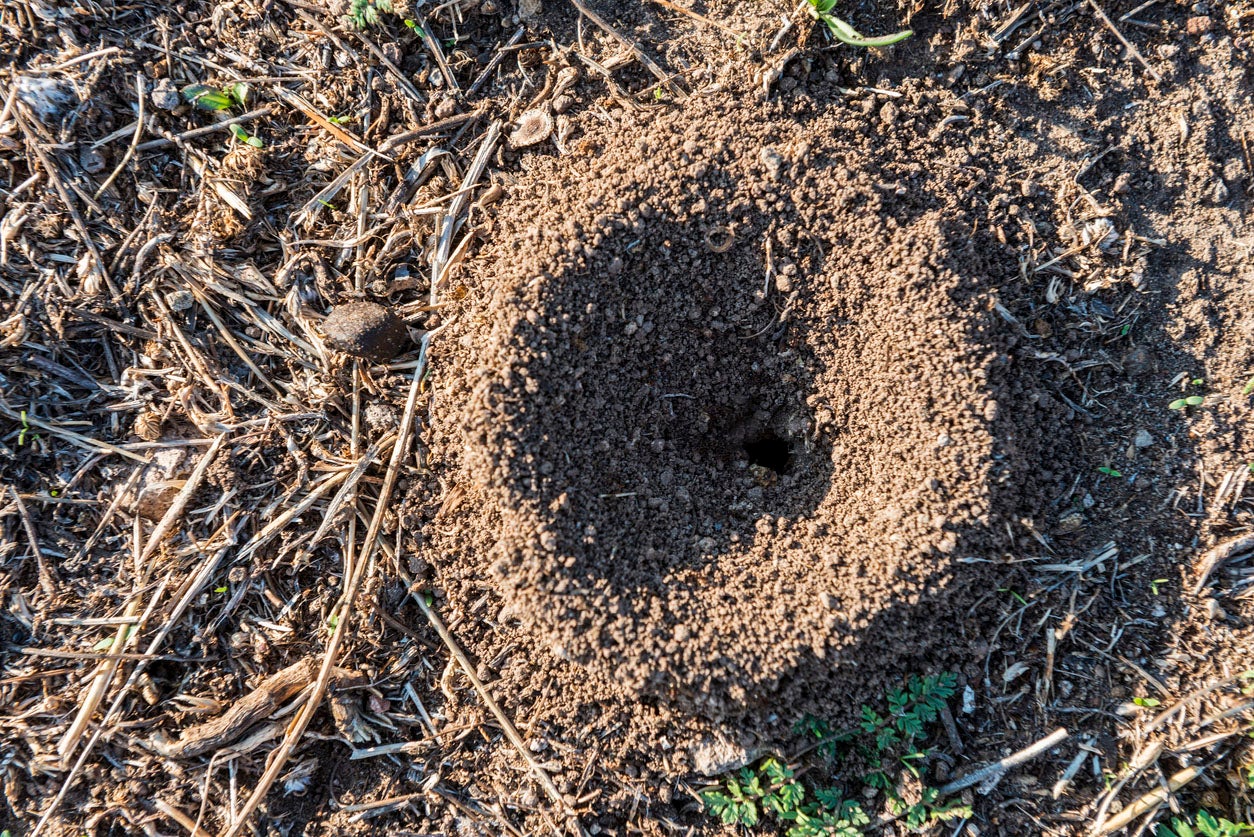
Snakes can enter basements through small holes that may be present in the walls. These holes can be created by animals, such as mice, which can create small entry points. Snakes can also enter through ventilation ducts, windows, or through small cracks in the walls, floors, and ceilings.
| Entry Point | Size |
|---|---|
| Animals | Small |
| Ventilation Ducts | Small |
| Windows | Medium |
| Cracks | Small |
Open Doors and Windows
| Snakes can enter through open doors and windows, especially if the windows are low to the ground. They can also slither through small openings and cracks, such as around windows and doors, or in the foundation of a basement. |
| Windows and doors should be kept closed and locked, and should be checked regularly for any cracks or openings that a snake may be able to squeeze through. Screen windows and doors should be secured with mesh or wire to prevent snakes from pushing their way in. |
| If possible, install door sweeps on the bottom of doors to further prevent snakes from entering. Additionally, any openings in the foundation of the basement should be sealed with a sealant or caulking to prevent snakes from entering. |
Through Existing Vents

Snakes can enter basements through existing vents. These vents can be either open or blocked, with the snake making its way in through the small openings at the sides. When the vents are blocked, the snake may use its body to force them open. If the vents are open, the snake can simply crawl in. In either case, a snake can use the vents to gain access to the basement.
Ways to Keep Snakes Out of Basements
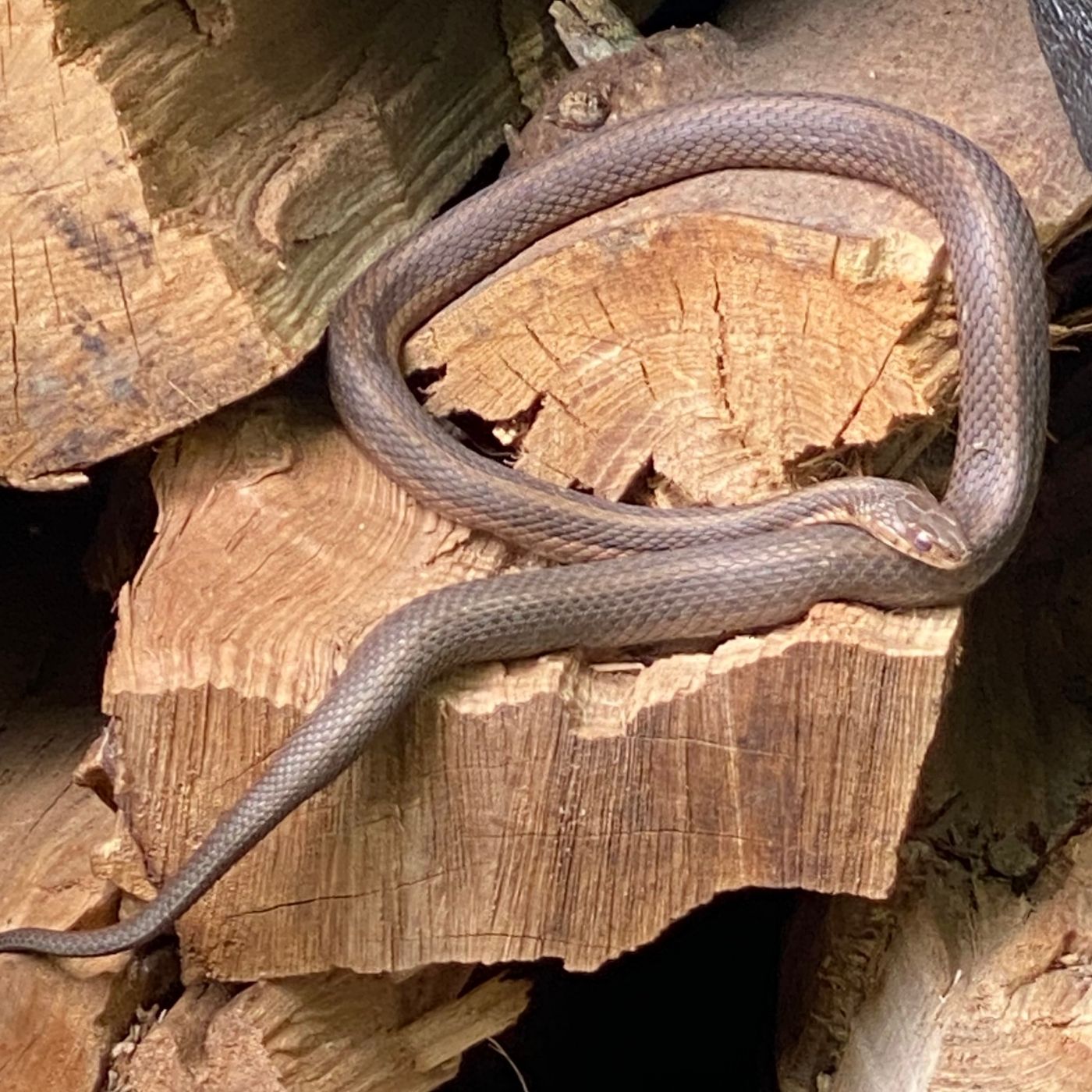
Check the exterior of the house for cracks or gaps in the foundation. Seal any openings that are bigger than 1/4 inch with a cement or concrete sealer. Check around door frames and windows for gaps. Install door sweeps on the bottom of all exterior doors to keep out snakes. Install weather stripping around windows and caulk any gaps in the window frames.
Ensure all vents, such as dryer vents, are properly sealed and in good condition. Clean up any debris, such as piles of leaves or wood, around the exterior of the house. Keep the yard and surrounding areas well maintained. Trim back bushes and shrubs to reduce hiding spots for snakes.
Install a snake-proof fence around the perimeter of the property. The fence should extend at least 18 inches underground and 12 inches above the ground. Bury the bottom of the fence in a 2-foot trench filled with gravel to ensure snakes can’t burrow underneath. Use a mesh size of 1/4 inch or smaller.
Keep the basement clean and free of clutter. Remove any items that are not in use or storing food. Place all stored items in plastic containers with tight-fitting lids. Keep the basement dry and well ventilated. Use a dehumidifier if necessary.
Seal Any Existing Holes
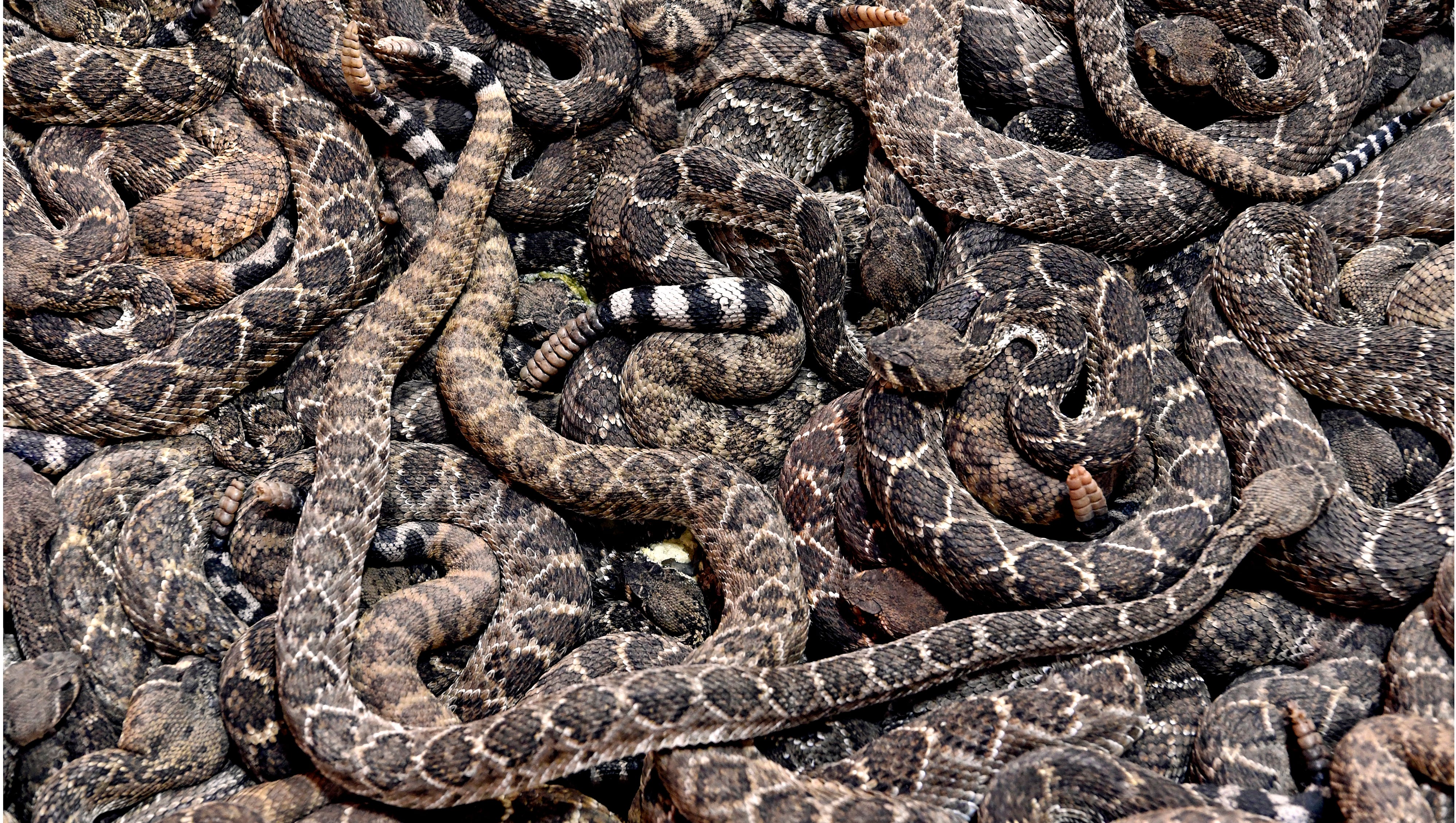
Snakes can enter basements through any existing openings or holes, such as cracks in the walls, gaps around window frames, or open cellar doors. To prevent snakes from entering basements, it is important to seal any existing holes or cracks with caulk, mortar, or other suitable sealants. Additionally, sealing any other gaps or openings around the area, e.g. doors and windows, will further reduce the risk of snakes entering the basement.
Install Weather Stripping
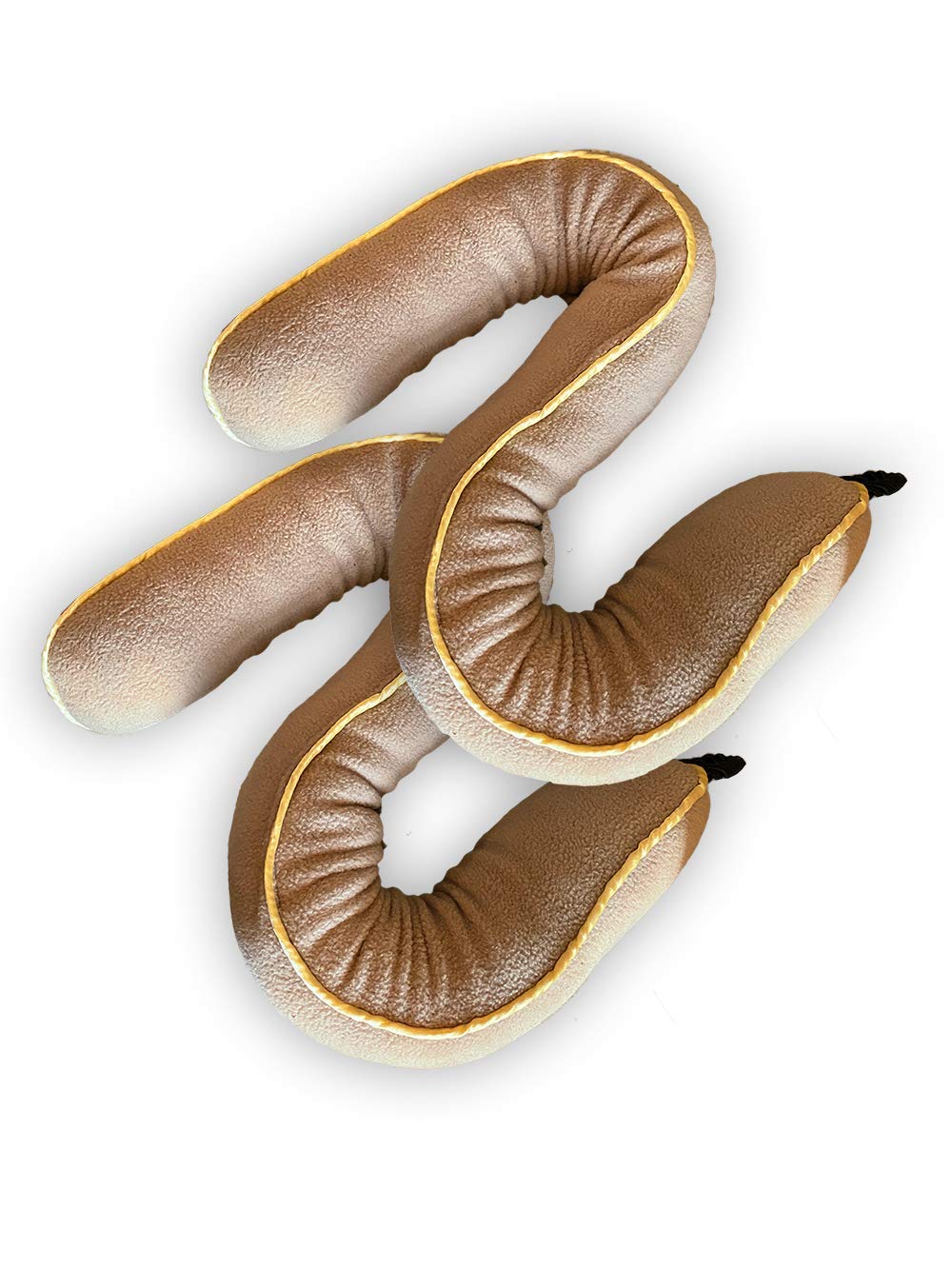
- Measure the perimeter of the basement door or window frame.
- Purchase a weather stripping kit with the correct size.
- Cut the weather stripping to the correct size.
- Remove any existing weather stripping.
- Clean the area where the weather stripping will be applied.
- Apply adhesive to the weather stripping and press it firmly onto the frame.
- Check the weather stripping to ensure it fits snugly in the frame.
Installing weather stripping on basement doors and windows is an important step in preventing snakes from entering your home. Weather stripping is a barrier that will help to seal any gaps or cracks in the frame that could allow snakes to slip through.
Keep Doors and Windows Closed
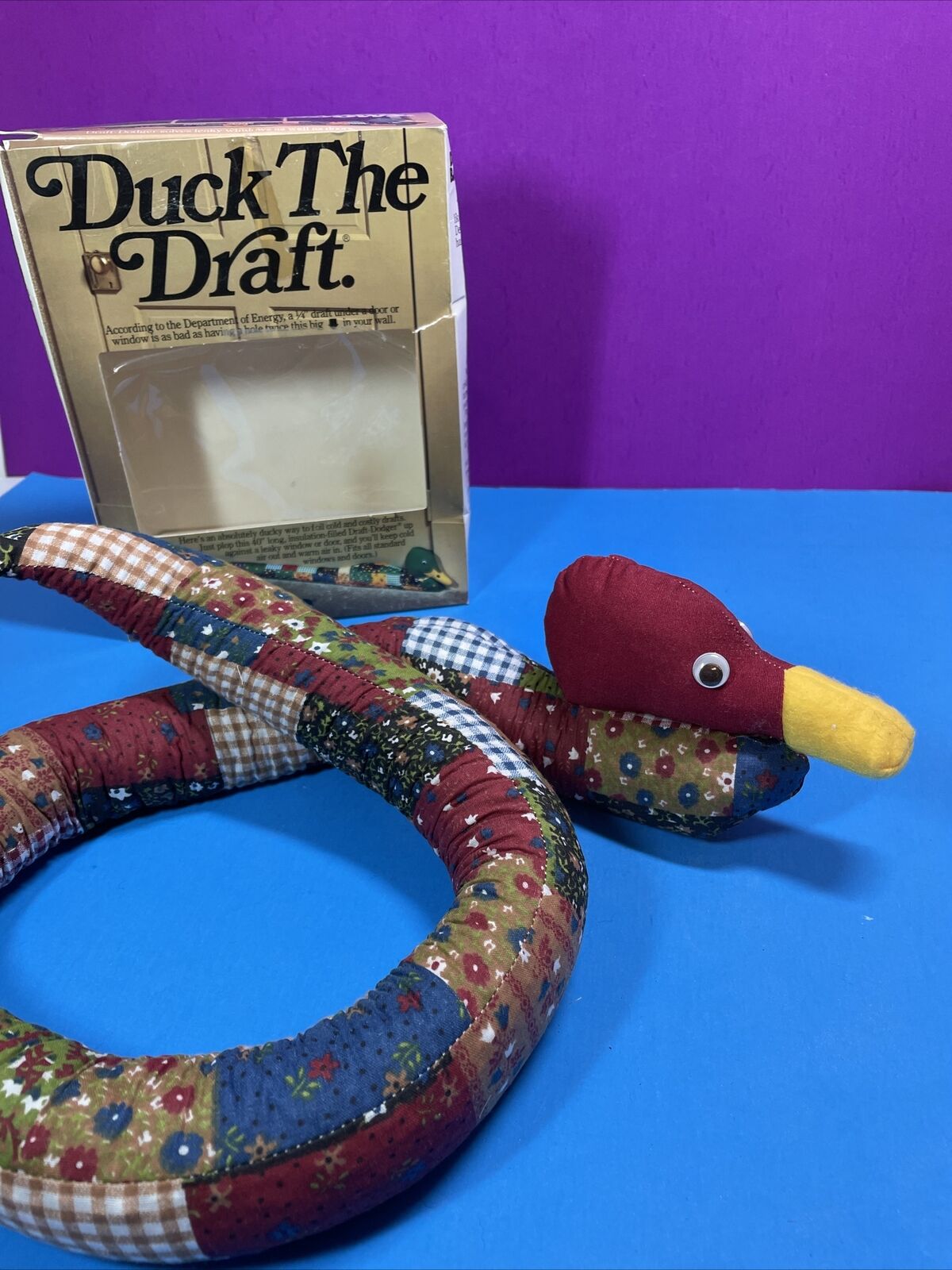
- Check all doors and windows for any cracks or gaps and seal them.
- Ensure that all windows and doors are properly closed and locked at all times.
- Install door sweeps at the bottom of the door to create a tight seal.
- Replace any torn or worn out weather-stripping around doors and windows.
- Make sure that any gaps between the frame and the wall of the building are sealed.
Install Screens on Vents
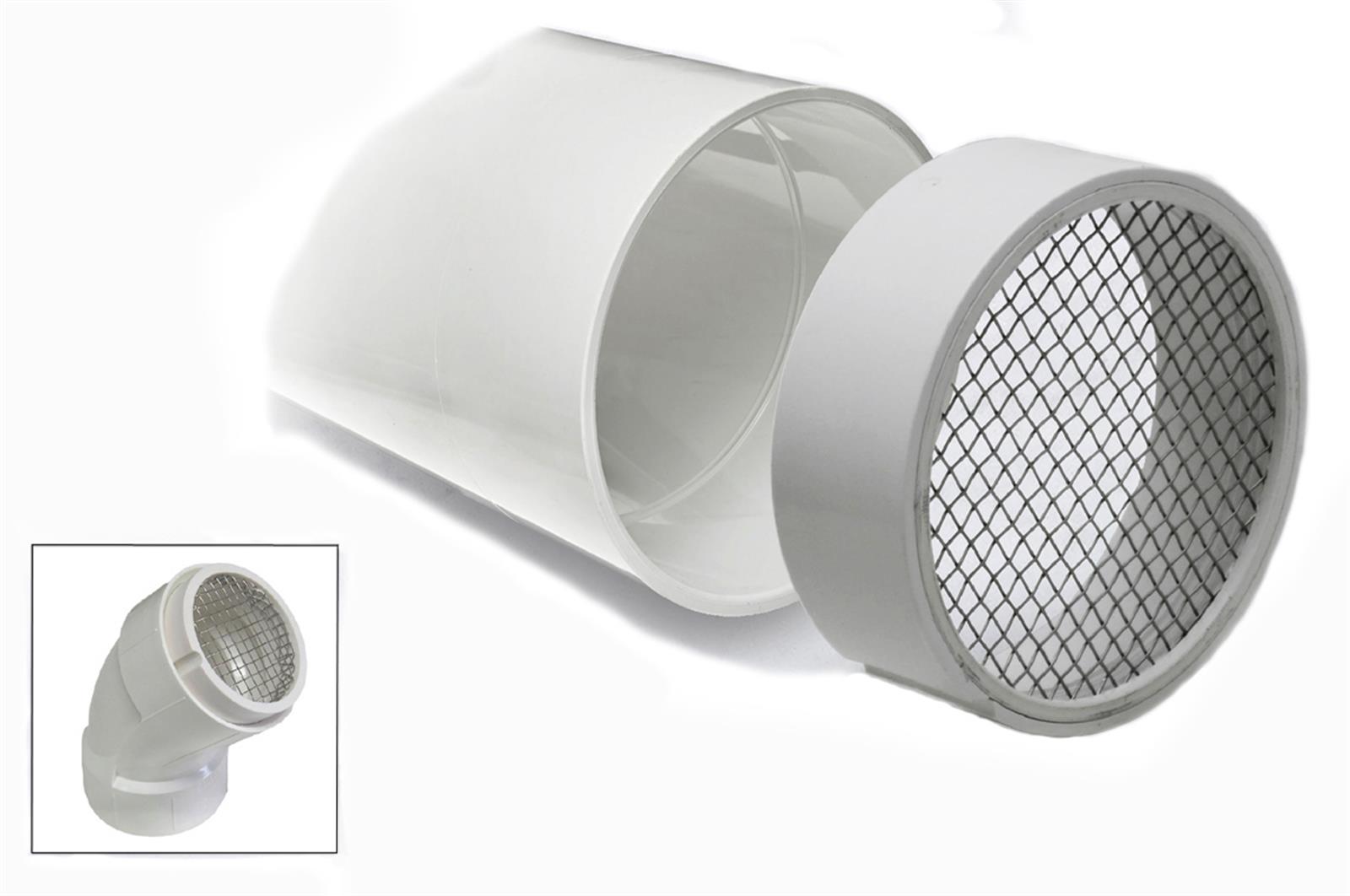
One way to prevent snakes from entering basements is to install screens on all basement vents. This will make it harder for snakes to enter through the ventilation system. The screens should be made from a durable material that is not easily torn or punctured. It is important to make sure the screens are securely attached to the vent and to check them regularly to ensure they are in good condition. Additionally, mesh screens should be installed on windows and doors to prevent snakes from entering through these openings.
What to Do If You Find a Snake in Your Basement
The first step is to remain calm and assess the situation. Knowing the type of snake you are dealing with is important in order to determine how to safely remove it from your home. It is best not to attempt to capture or handle the snake yourself, as it may be poisonous.
If you are able to identify the snake, contact a professional wildlife removal service. They will be able to remove the snake safely and humanely, and also provide information on how to keep your basement from becoming a habitat for snakes in the future.
If you are unable to identify the snake, it is best to leave it alone and call a wildlife removal service. Do not attempt to move or handle the snake yourself, as it could result in injury.
In the meantime, you can take measures to snake-proof your basement. Make sure all holes, cracks and crevices are sealed, and repair any broken window or door screens. Additionally, keep the area clean and free of debris that could attract snakes.
When the wildlife removal service arrives, they will be able to safely capture and relocate the snake away from your home. They may also provide advice on how to prevent future snake infestations.
Possible Health Risks of Having Snakes in the Basement
Having a snake in the basement can pose a number of health risks to humans, including the potential for snake bites, transmission of zoonotic diseases, and the inhalation of dust particles from the snake’s shed skin. Snake bites can cause serious tissue damage and infection, and some snake species can be venomous. Zoonotic diseases, which are diseases that can be transmitted from animals to humans, can be spread through contact with snakes, such as Salmonella, which can be found in the snake’s feces. Inhalation of dust particles from the snake’s shed skin can also cause respiratory irritation and allergic reactions. It is important to be aware of the potential health risks associated with having a snake in the basement and to take proper precautions to prevent any harm.
Frequently Asked Questions
What are the Common Ways Snakes Enter Basements?
Snakes can enter basements through small openings, such as cracks in the walls, gaps around windows and doors, or vents. They can also enter through plumbing and electrical pipes, as well as through chimneys or other openings. Snakes may also enter basements through the garage, if the garage door is left open.
What can be done to prevent snakes from getting into a Basement?
Snakes can get into basements through small cracks and openings, such as under doors and windows. To prevent snakes from entering the basement, it is important to seal all potential points of entry. This includes plugging or sealing any cracks or openings, checking weather stripping around doors and windows, and making sure door thresholds are in good condition. Additionally, keeping the basement clean and clutter-free will make it less attractive to snakes. Finally, clearing away any tall grass or vegetation near the house can also help prevent snakes from getting into the basement.
Are there certain signs that indicate a snake may be living in a basement?
Snakes may leave evidence of their presence in the form of shed skin, droppings, and musky odors. Additionally, they may leave tracks in dust or dirt, as well as trails in the grass leading to the basement. If a snake is seen in the basement, it is likely that they have found a way in and established a den.
What should be done if a snake is found in a basement?
If you find a snake in your basement, the first step is to stay calm and move away from the snake if possible. Do not attempt to capture or remove the snake yourself. Instead, contact a professional who can identify and safely remove the snake. You should also check for any entry points around the basement and seal them off to prevent further infestations. Finally, you should clean the area thoroughly to remove any potential food sources the snake may have been attracted to.
How can snake infestations in basements be avoided?
Sealing entry points such as openings around windows and doors, and repairing damaged screens, can help to prevent snakes from entering a basement. Inspecting the exterior of the home for any cracks or holes that could provide snakes access to the basement is also important. Keeping the basement clean and free of clutter can discourage snakes from taking up residence. Finally, removing any sources of food or water that may attract snakes can help to prevent an infestation.
Conclusion
Snakes can enter basements through small cracks or holes, vents, or gaps around doors and windows. They can also get inside through the chimney or foundation wall, or through the plumbing or sewer lines. Once inside, snakes may seek shelter and food, or they may be looking for a mate. Homeowners should check the basement regularly for signs of snakes and take steps to prevent them from entering. Sealing up any potential gaps and using snake repellents can help keep snakes out of the basement and away from the home.






